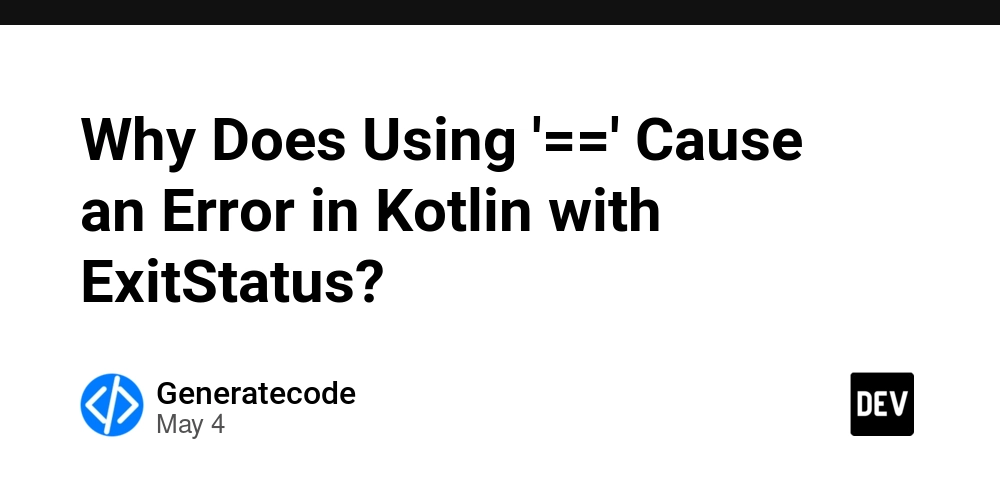OpenSource on OpenSea: Bridging Collaboration and NFT Innovation
Abstract: This post delves into the exciting synergy between open-source principles and the thriving OpenSea NFT marketplace. We explore the history and context of blockchain and digital art, discuss core open-source concepts, and analyze practical applications along with challenges and future innovations. With clear tables, bullet lists, and richly annotated hyperlinks to authoritative sources such as OpenSea and Open Source Initiative, this article offers a comprehensive guide on how open-source drives transparency, collaboration, and innovation within NFT ecosystems. Introduction In today’s digital age, open-source software has fundamentally transformed the way we collaborate and innovate. Combining this open philosophy with the world of non-fungible tokens has given rise to a new paradigm within blockchain-driven marketplaces such as OpenSea. OpenSea, which has become the de facto marketplace for NFTs, is now pioneering the integration of open-source principles. This post explains how open-source mechanics propel innovation in the NFT sphere, enhancing transparency and fostering community-driven projects that push the boundaries of digital ownership and artistry. The open, collaborative nature of open-source projects makes them ideally suited for an ecosystem built on decentralized trust and shared creativity. As more creators and collectors embrace these principles, OpenSea has emerged as a dynamic platform that promotes not only artistic expression but also a robust technical framework for secure and innovative digital assets. Background and Context The NFT Landscape and OpenSea NFTs (non-fungible tokens) represent unique digital assets whose ownership is recorded on the blockchain. Since its inception in 2017, OpenSea has played a central role in the NFT revolution by enabling creators to mint, sell, and trade digital art, music, virtual real estate, and collectibles through decentralized smart contracts. With millions of active users, OpenSea’s transparent environment is a natural fit for open-source projects, encouraging both technical and creative innovations. Defining OpenSource OpenSource is the practice of making software or creative designs publicly accessible. This allows anyone to inspect, modify, and distribute the material, enhancing collaboration and innovation. Key open-source principles include: Transparency: Public access to source materials fosters trust and independent verification. Collaboration: A diverse community can contribute ideas and enhancements. Flexibility: Modifications can be made to customize the project for various needs. Meritocracy: Contributions are judged on quality and innovation rather than hierarchy. These principles have shaped the software development industry and are now being harnessed to redefine digital art and asset ownership in the blockchain space. OpenSource and Blockchain Blockchains themselves are a testament to open-source philosophy. Their transparent and decentralized nature ensures that anyone can validate transactions, audit smart contracts, and contribute to the ecosystem’s security. This synergy underpins the growth of open-source initiatives on NFT platforms like OpenSea, where community developers create tools, share innovative algorithms, and foster open collaborations. Core Concepts and Features Integrating open-source with the OpenSea ecosystem brings together theoretic foundations and practical implementations. Below, we explore core concepts and features that define this intersection. OpenSource NFTs OpenSource NFTs are digital assets where the underlying code or creative design is licensed openly. This contrasts with traditional NFTs whose proprietary code remains hidden. Some key features include: Public Verification: Collectors can verify the digital asset’s originality by accessing the source code or design files. Collaborative Development: Artists and developers can work together to evolve the NFT, adding new functionalities or artistic layers over time. Licensing Flexibility: Open-source licenses dictate how digital assets can be reused, modified, or redistributed, balancing creative freedom with intellectual property protection. Community-Driven Collaboration OpenSea fosters an environment where community-driven projects thrive. Here’s how: Decentralized Governance: Initiatives may adopt democratic models where contributors participate in decision-making. Iterative Development: Open contributions encourage regular updates and improvements, leading to continuous innovation. Shared Responsibility: Community audit and review processes help rapidly identify and fix vulnerabilities, ensuring robust security. Key OpenSource Principles in Practice The following bullet list outlines the foundational open-source attributes that elevate the quality and trustworthiness of projects on OpenSea: Transp

Abstract:
This post delves into the exciting synergy between open-source principles and the thriving OpenSea NFT marketplace. We explore the history and context of blockchain and digital art, discuss core open-source concepts, and analyze practical applications along with challenges and future innovations. With clear tables, bullet lists, and richly annotated hyperlinks to authoritative sources such as OpenSea and Open Source Initiative, this article offers a comprehensive guide on how open-source drives transparency, collaboration, and innovation within NFT ecosystems.
Introduction
In today’s digital age, open-source software has fundamentally transformed the way we collaborate and innovate. Combining this open philosophy with the world of non-fungible tokens has given rise to a new paradigm within blockchain-driven marketplaces such as OpenSea. OpenSea, which has become the de facto marketplace for NFTs, is now pioneering the integration of open-source principles. This post explains how open-source mechanics propel innovation in the NFT sphere, enhancing transparency and fostering community-driven projects that push the boundaries of digital ownership and artistry.
The open, collaborative nature of open-source projects makes them ideally suited for an ecosystem built on decentralized trust and shared creativity. As more creators and collectors embrace these principles, OpenSea has emerged as a dynamic platform that promotes not only artistic expression but also a robust technical framework for secure and innovative digital assets.
Background and Context
The NFT Landscape and OpenSea
NFTs (non-fungible tokens) represent unique digital assets whose ownership is recorded on the blockchain. Since its inception in 2017, OpenSea has played a central role in the NFT revolution by enabling creators to mint, sell, and trade digital art, music, virtual real estate, and collectibles through decentralized smart contracts. With millions of active users, OpenSea’s transparent environment is a natural fit for open-source projects, encouraging both technical and creative innovations.
Defining OpenSource
OpenSource is the practice of making software or creative designs publicly accessible. This allows anyone to inspect, modify, and distribute the material, enhancing collaboration and innovation. Key open-source principles include:
- Transparency: Public access to source materials fosters trust and independent verification.
- Collaboration: A diverse community can contribute ideas and enhancements.
- Flexibility: Modifications can be made to customize the project for various needs.
- Meritocracy: Contributions are judged on quality and innovation rather than hierarchy.
These principles have shaped the software development industry and are now being harnessed to redefine digital art and asset ownership in the blockchain space.
OpenSource and Blockchain
Blockchains themselves are a testament to open-source philosophy. Their transparent and decentralized nature ensures that anyone can validate transactions, audit smart contracts, and contribute to the ecosystem’s security. This synergy underpins the growth of open-source initiatives on NFT platforms like OpenSea, where community developers create tools, share innovative algorithms, and foster open collaborations.
Core Concepts and Features
Integrating open-source with the OpenSea ecosystem brings together theoretic foundations and practical implementations. Below, we explore core concepts and features that define this intersection.
OpenSource NFTs
OpenSource NFTs are digital assets where the underlying code or creative design is licensed openly. This contrasts with traditional NFTs whose proprietary code remains hidden. Some key features include:
- Public Verification: Collectors can verify the digital asset’s originality by accessing the source code or design files.
- Collaborative Development: Artists and developers can work together to evolve the NFT, adding new functionalities or artistic layers over time.
- Licensing Flexibility: Open-source licenses dictate how digital assets can be reused, modified, or redistributed, balancing creative freedom with intellectual property protection.
Community-Driven Collaboration
OpenSea fosters an environment where community-driven projects thrive. Here’s how:
- Decentralized Governance: Initiatives may adopt democratic models where contributors participate in decision-making.
- Iterative Development: Open contributions encourage regular updates and improvements, leading to continuous innovation.
- Shared Responsibility: Community audit and review processes help rapidly identify and fix vulnerabilities, ensuring robust security.
Key OpenSource Principles in Practice
The following bullet list outlines the foundational open-source attributes that elevate the quality and trustworthiness of projects on OpenSea:
- Transparency: Open access to source code enhances trust in digital assets.
- Collaboration: Community contributions lead to diversified enhancements.
- Cost Efficiency: Community-driven development can reduce overall costs while boosting innovation.
- Flexibility: Creators can tailor projects to meet unique user demands.
- Security: Public code review improves the detection and remediation of vulnerabilities.
Applications and Use Cases
The fusion of open-source methodologies with NFT marketplaces is already yielding transformative applications and use cases. Here are a few examples demonstrating how these innovations are reshaping digital asset management.
Example 1: OpenSource NFT Art Collections
Projects like CryptoPunks and Art Blocks exemplify open-source in action. By releasing the underlying algorithms publicly, these projects invite community members to create derivative works or contribute improvements. This open collaboration not only enriches the creative output but also attracts a broad audience of collectors who value authenticity and transparency.
Example 2: Virtual Worlds and Decentralized Metaverses
Platforms such as Decentraland rely on open-source principles to allow users to create, own, and monetize virtual real estate. By ensuring that smart contracts and asset creation tools are open, projects in the metaverse benefit from rapid community-driven innovation and customized virtual experiences.
Example 3: Developer Tools for NFT Ecosystems
Developers on OpenSea deploy open-source protocols like the OpenSea Protocol to build interoperable applications on top of the NFT marketplace. These tools allow third-party creations such as NFT wallets, decentralized finance (DeFi) integrations, and cross-chain trading platforms to flourish, thanks to the collaborative open-source model.
Table: OpenSource Benefits vs. Challenges
| Aspect | Benefits | Challenges |
|---|---|---|
| Transparency | Full disclosure of source code fosters trust and authenticity. | Overexposure of code can potentially expose vulnerabilities if not well maintained. |
| Collaboration | Collective development leads to innovative features and timely updates. | Managing contributions and quality control in decentralized environments can be complex. |
| Security | Public audits help identify and fix issues quickly. | Open access could sometimes increase exposure to targeted attacks if security measures lag. |
| Cost Efficiency | Community contributions lower operational and development costs. | Monetization strategies may be more challenging when the source is fully open. |
| Customization & Flexibility | Users can modify projects to suit their specific needs, driving personalized experiences. | Uncoordinated modifications can lead to fragmentation and inconsistency within the project. |
Challenges and Limitations
While the convergence of open-source and NFT marketplaces such as OpenSea drives innovation, several challenges must be addressed:
Licensing Complexities
Determining the appropriate licensing model is crucial. Open-source licenses such as MIT, GPL, and Creative Commons vary in terms of restrictions and requirements. For instance, while the MIT License fosters flexibility and ease of integration, the GPL requires that derivative works remain open-source, potentially limiting commercial opportunities. A careful balance is needed to protect creator rights while promoting community participation. For additional insights, refer to the OpenSea NFT License FAQ.
Intellectual Property Concerns
OpenSource NFTs blur the traditional boundaries of ownership and usage. Clear guidelines must be established to protect intellectual property rights while enabling derivative projects. Legal frameworks are still evolving, and stakeholders must navigate these uncertainties carefully. The integration of open-source licensing practices is vital to maintaining both artistic freedom and legal protection.
Quality Control and Security
Open-source projects can benefit from community contributions; however, ensuring consistent quality and security remains a challenge. Open contributions require effective governance models, code audits, and moderation systems to prevent malicious code or subpar implementations from affecting the overall project quality.
Monetization and Economic Models
Open-source projects may struggle with generating revenue if the assets or protocols are entirely open. Striking a balance between open collaboration and sustainable economic models is essential. Innovative strategies such as decentralized royalties, subscription models, and premium add-ons can provide revenue streams while maintaining an open framework.
Future Outlook and Innovations
The intersection of open-source methodologies and NFT marketplaces heralds a bright future filled with potential innovations. Here are several predicted trends:
Enhanced Interoperability
Future open-source initiatives will likely focus on creating bridges between various blockchains and NFT marketplaces. This increased interoperability will allow assets to work seamlessly across different platforms, enabling cross-chain transactions and expanding the reach of digital art.
Decentralized Governance and Community Models
We can expect more projects to adopt decentralized governance, wherein contributors and users take part in decision-making processes. Such models will empower communities to shape project directions, resulting in more democratic and resilient ecosystems.
Advanced Customization Tools
As developers continue to refine open-source protocols, tools that allow for greater customization of NFTs will emerge. These could include modular design systems and plug-and-play interfaces that enable even non-technical creators to tailor digital assets to their specific needs.
Sustainable Monetization Methods
New financial models will likely focus on balancing open-source ideals with profitability. This includes innovations in decentralized finance (DeFi) integrations, dynamic royalty systems, and token-based sponsorships. Projects like OpenSea Protocol are already laying the groundwork for these advanced monetization strategies.
Integration with Emerging Technologies
The combination of open-source NFTs with emerging technologies—such as artificial intelligence, virtual reality, and augmented reality—will further expand the creative landscape. Imagine AI-powered generative art that evolves over time or immersive VR environments where every element is built on open-source frameworks. Such innovations will redefine the boundaries of creativity and digital ownership.
Additional Resources and Links
For those looking to dive deeper into open-source and NFT innovations, here are some curated resources:
- OpenSea and Licensing: Learn more about the intersection of open-source principles with digital marketplaces at OpenSea’s official website and read through their NFT License FAQ.
- Developer Insights: Explore technical discussions and case studies in open-source NFTs on Dev.to and stay updated with evolving trends.
- Arbitrum and Ecosystem Integration: Understand blockchain interoperability and open-source scaling with insights from articles such as Arbitrum and OpenSource License Compatibility and Arbitrum and NFT Marketplaces.
- Sponsorship Models: For guidance on fueling innovation through community support, check out Open Source Project Sponsorship Models.
- Future Trends & Developer Support: Get expert perspectives on blockchain innovation via Blockchain and Open Source: A New Dawn of Innovation.
Additionally, explore more about Elon Musk’s open-source revolution in the NFT landscape for insights into visionary influences on digital art and technology.
Summary
In summary, the fusion of open-source principles with OpenSea’s NFT marketplace is reshaping the digital art and blockchain ecosystem. OpenSource on OpenSea empowers creators and developers by promoting transparency, collaboration, and security. Our discussion covered key concepts—from the evolution of open-source ethos and its application in NFTs to the real-world use cases and challenges faced by these projects.
We reviewed the following key points:
- Background and Definitions: Understanding the intersection of NFT technology and open-source ideals.
- Core Concepts: Features such as transparency, community collaboration, and licensing that underpin OpenSource NFTs.
- Practical Applications: Examples like CryptoPunks, Art Blocks, and Decentraland, which illustrate how open-source principles drive market innovation.
- Challenges: Addressing legal, quality control, security, and monetization issues.
- Future Innovations: Predictions including enhanced interoperability, decentralized governance, and integration with advanced technologies.
This comprehensive overview highlights that while challenges remain—especially around licensing and quality control—the future of open-source in the digital asset space is bright. By embracing community-driven initiatives, adaptive monetization models, and cutting-edge technological integrations, the NFT ecosystem is poised for unprecedented innovation.
Conclusion
The integration of open-source standards within OpenSea not only elevates the security and trustworthiness of NFT transactions but also cultivates a vibrant community where innovation thrives. As blockchain technology continues to evolve, the roles of transparency, decentralization, and collaborative development will become even more critical. OpenSea stands at the forefront of these trends, setting the standard for how open data, open collaboration, and decentralized governance can coexist in a complex, rapidly evolving digital environment.
For creators, collectors, and developers alike, embracing open-source methodologies on platforms like OpenSea offers substantial benefits—from reduced development costs and improved security to enhanced creative expression and community governance. As we continue to observe the evolution and maturation of these intersecting domains, it becomes clear that the future of digital asset ownership is one of collective innovation and shared growth.
With robust resources, practical examples, and emerging trends pointing towards even greater interoperability and financial sustainability, we are witnessing the dawn of a revolution where creativity and technology converge. Whether you are an artist experimenting with digital NFTs or a developer contributing to a global codebase, the open-source ecosystem on OpenSea presents a unique opportunity to shape the future of the digital art landscape.
By continuously exploring best practices, staying up-to-date with licensing requirements, and actively engaging with vibrant communities, all stakeholders can ensure that this evolution benefits both creators and collectors. The result is a sustainable, innovative, and inclusive ecosystem poised to redefine ownership and creativity in the digital age.
Embrace open collaboration, invest in transparent innovation, and together, let’s create the future of digital art on OpenSea!















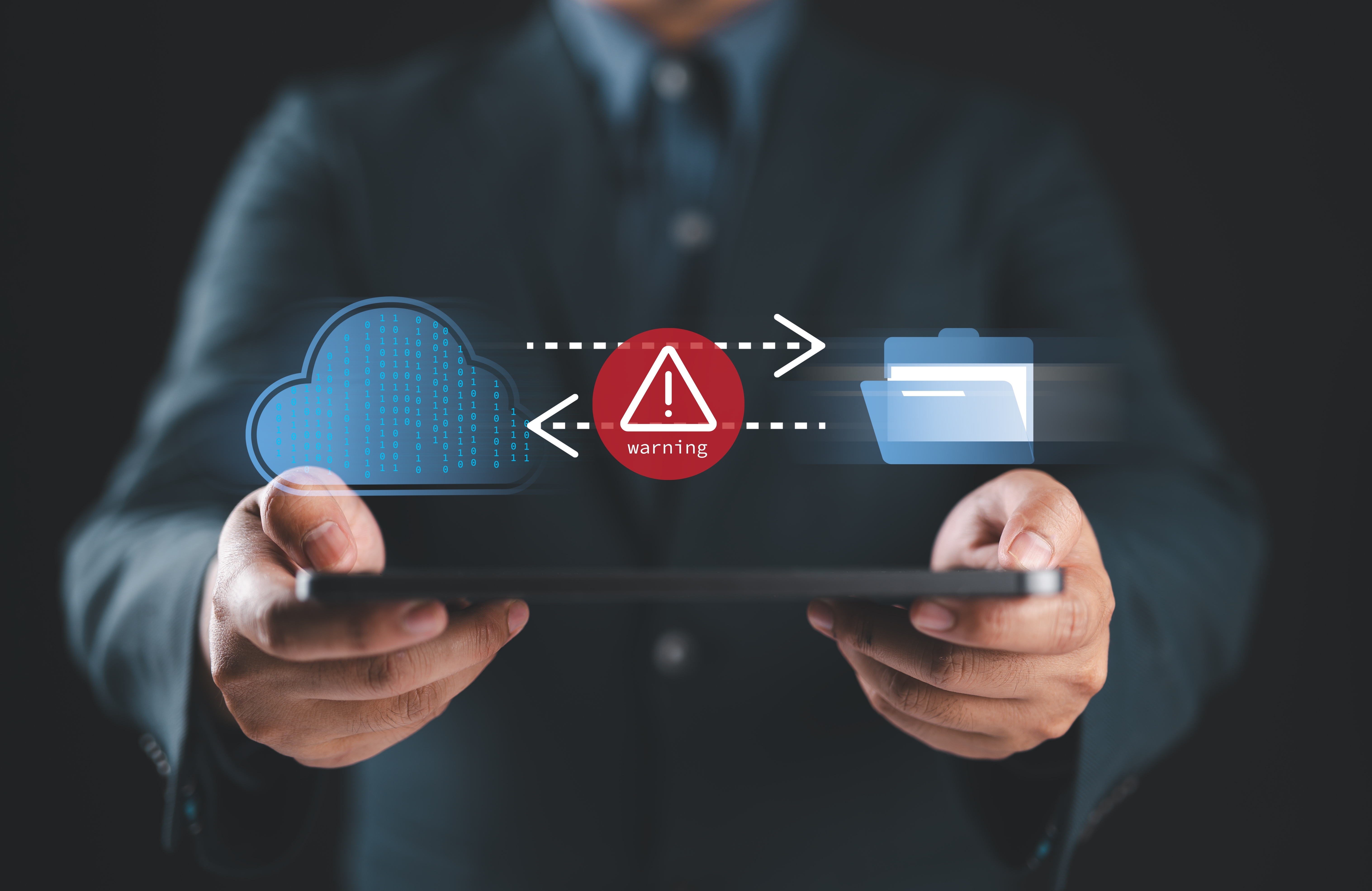


























































































































































![[The AI Show Episode 146]: Rise of “AI-First” Companies, AI Job Disruption, GPT-4o Update Gets Rolled Back, How Big Consulting Firms Use AI, and Meta AI App](https://www.marketingaiinstitute.com/hubfs/ep%20146%20cover.png)










































































































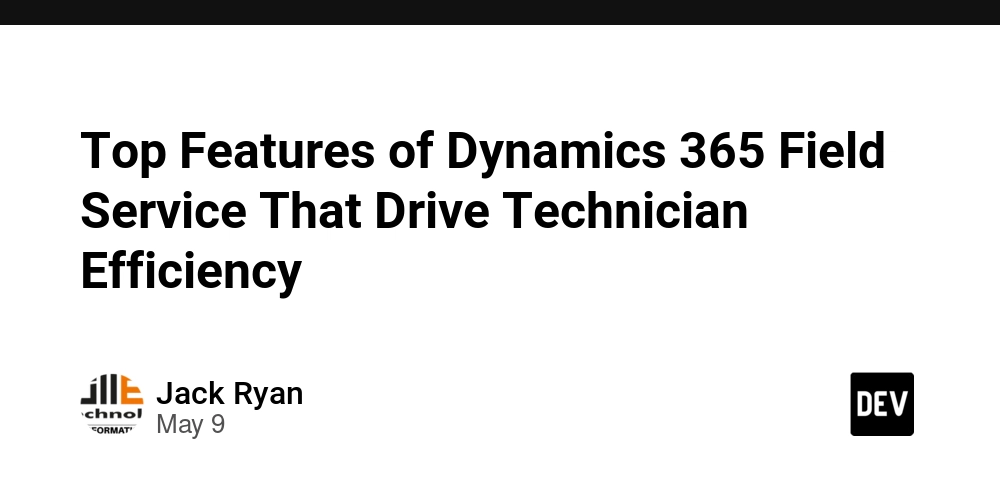
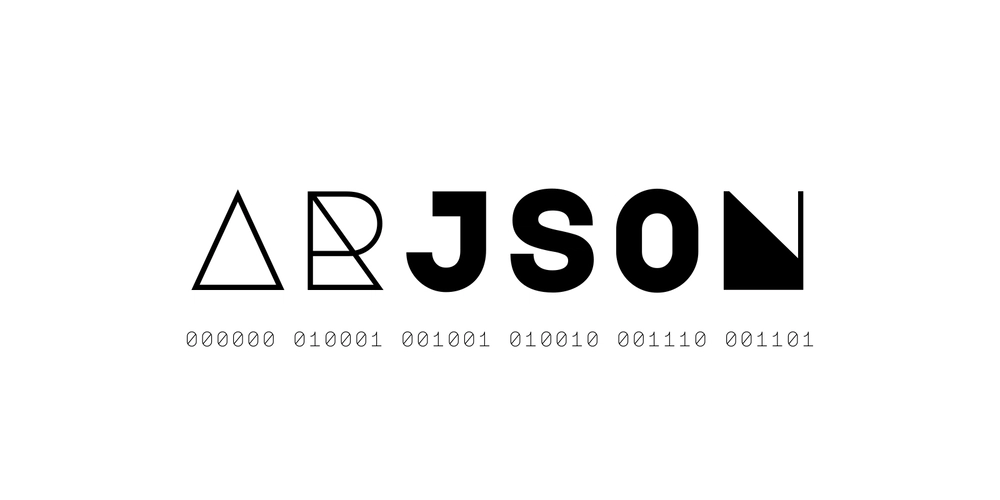















































































































































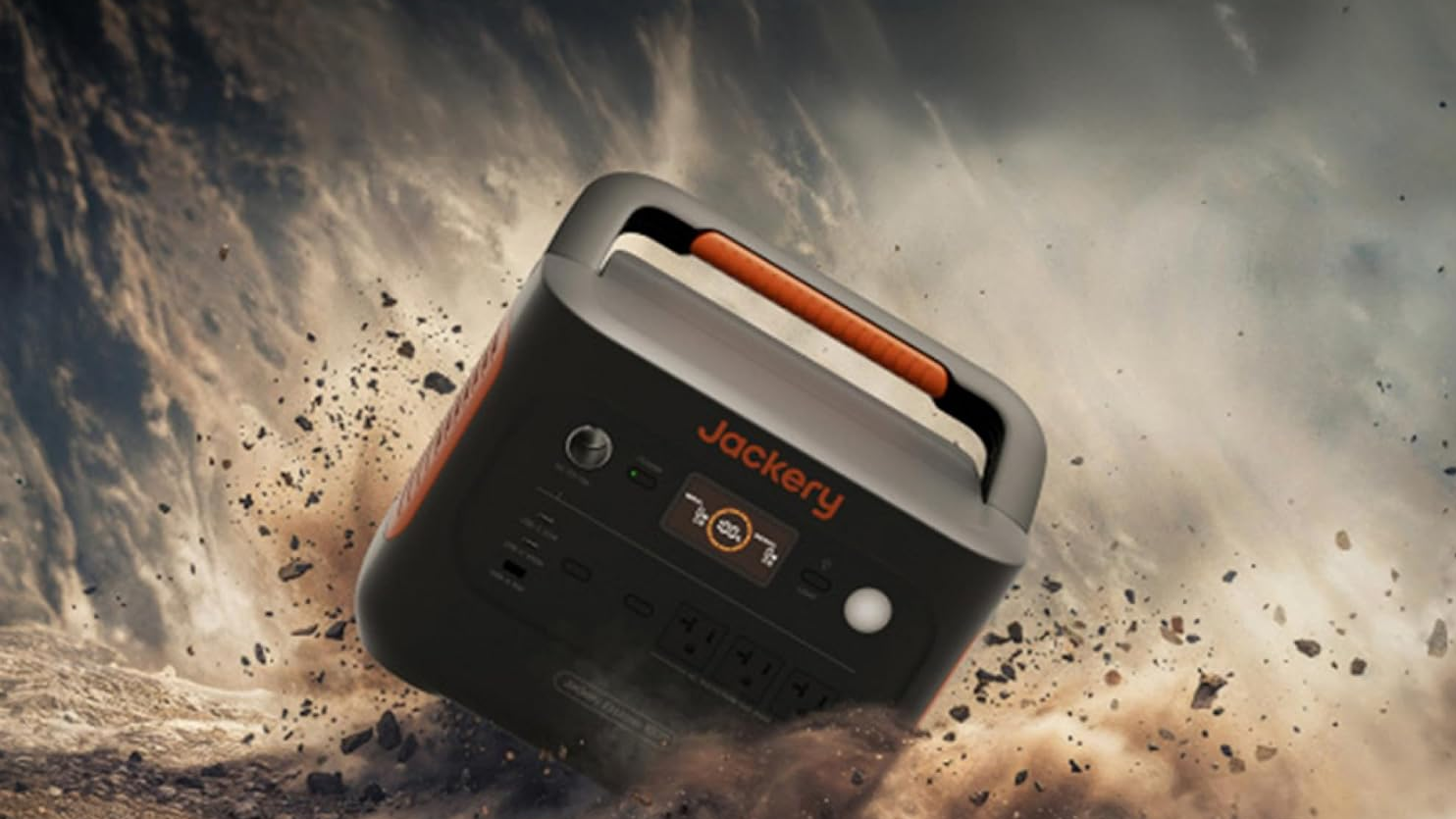

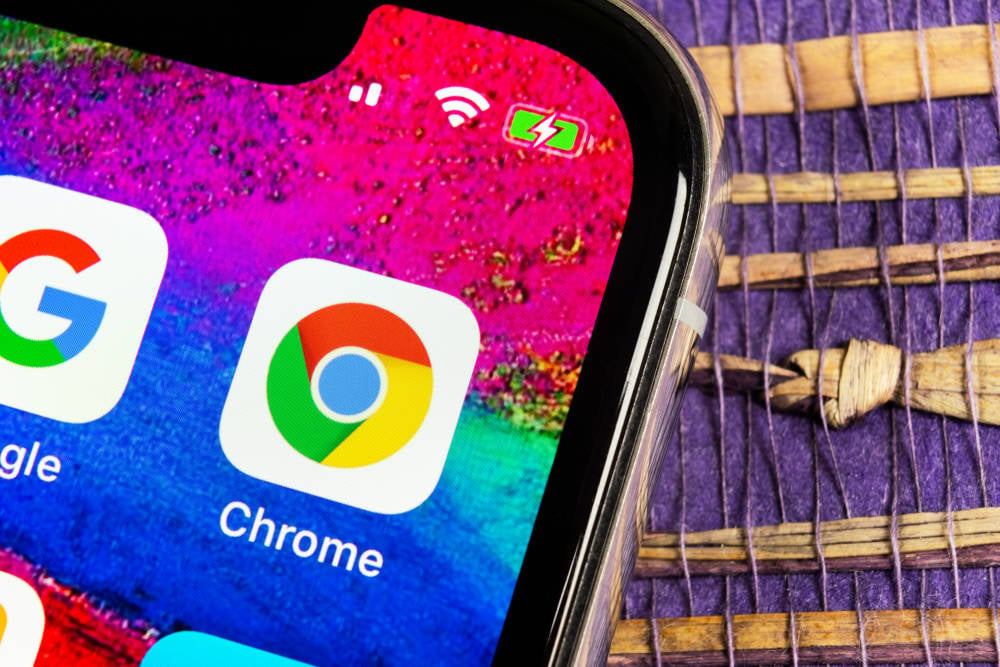












_Aleksey_Funtap_Alamy.jpg?width=1280&auto=webp&quality=80&disable=upscale#)
_Sergey_Tarasov_Alamy.jpg?width=1280&auto=webp&quality=80&disable=upscale#)
























































































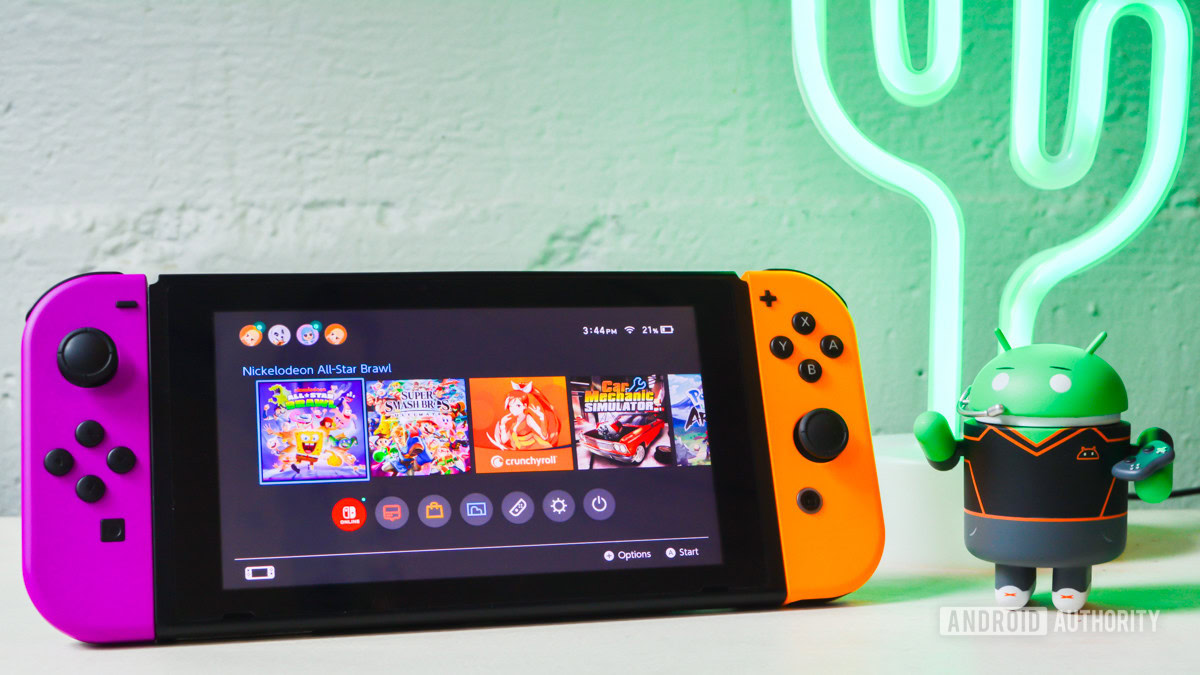



















![Apple Foldable iPhone to Feature New Display Tech, 19% Thinner Panel [Rumor]](https://www.iclarified.com/images/news/97271/97271/97271-640.jpg)
![Apple Developing New Chips for Smart Glasses, Macs, AI Servers [Report]](https://www.iclarified.com/images/news/97269/97269/97269-640.jpg)
![Apple Shares New Mother's Day Ad: 'A Gift for Mom' [Video]](https://www.iclarified.com/images/news/97267/97267/97267-640.jpg)
![Apple Shares Official Trailer for 'Stick' Starring Owen Wilson [Video]](https://www.iclarified.com/images/news/97264/97264/97264-640.jpg)
















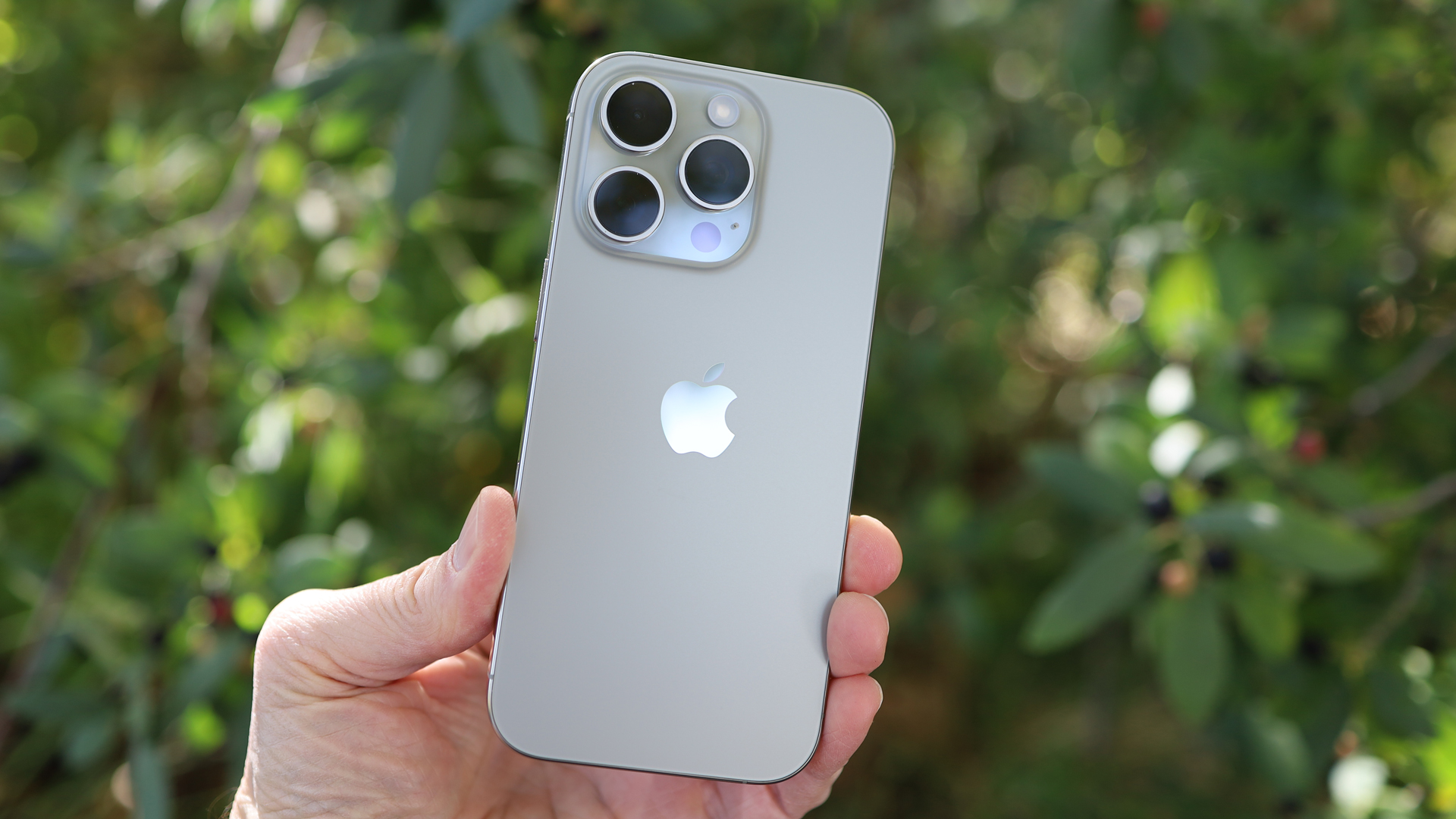
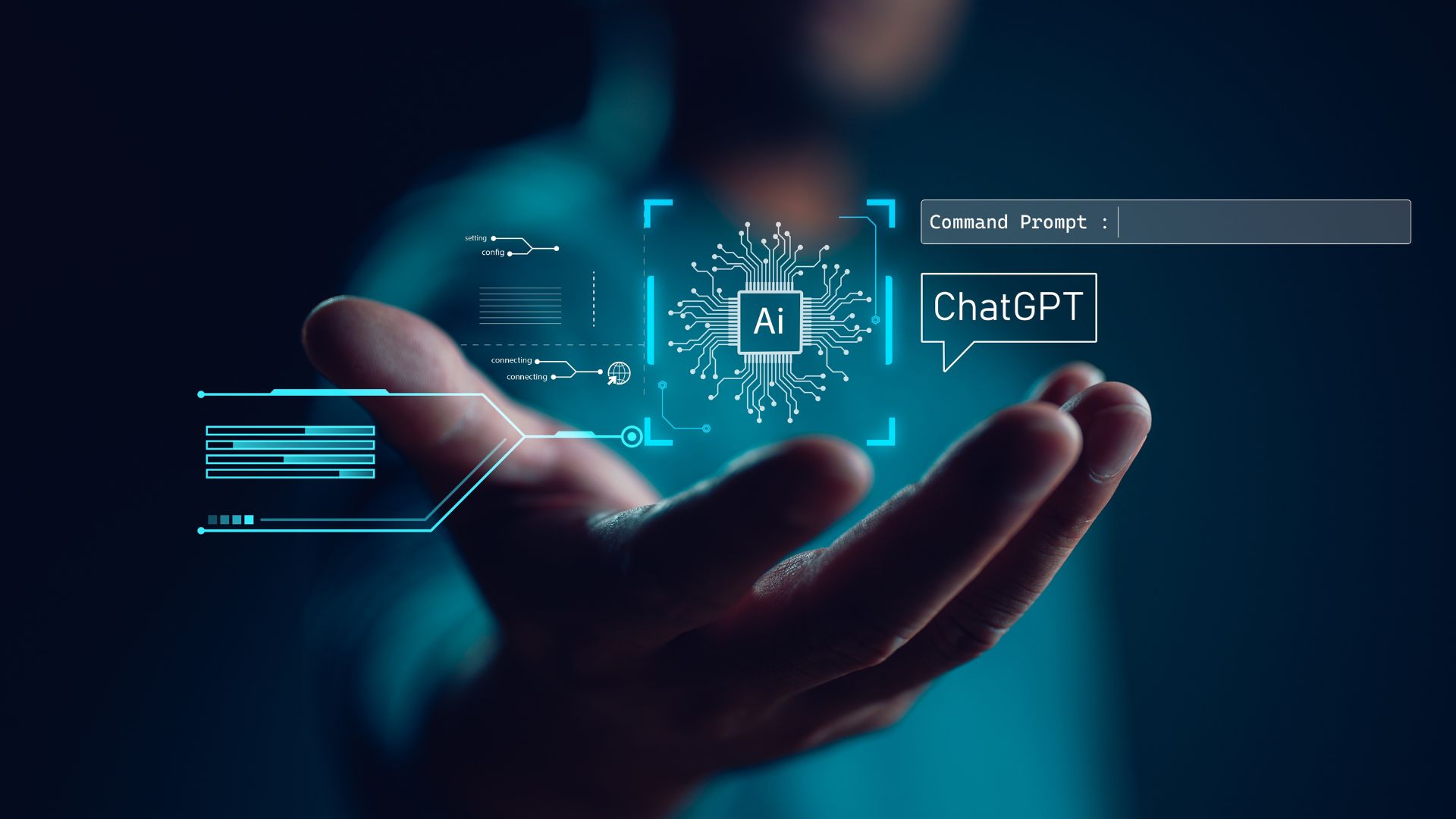
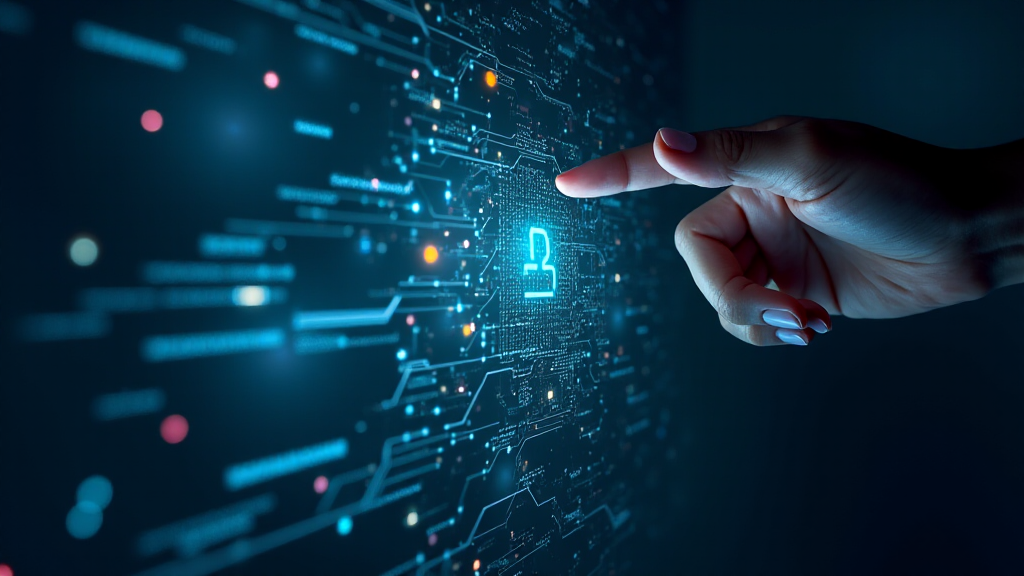






























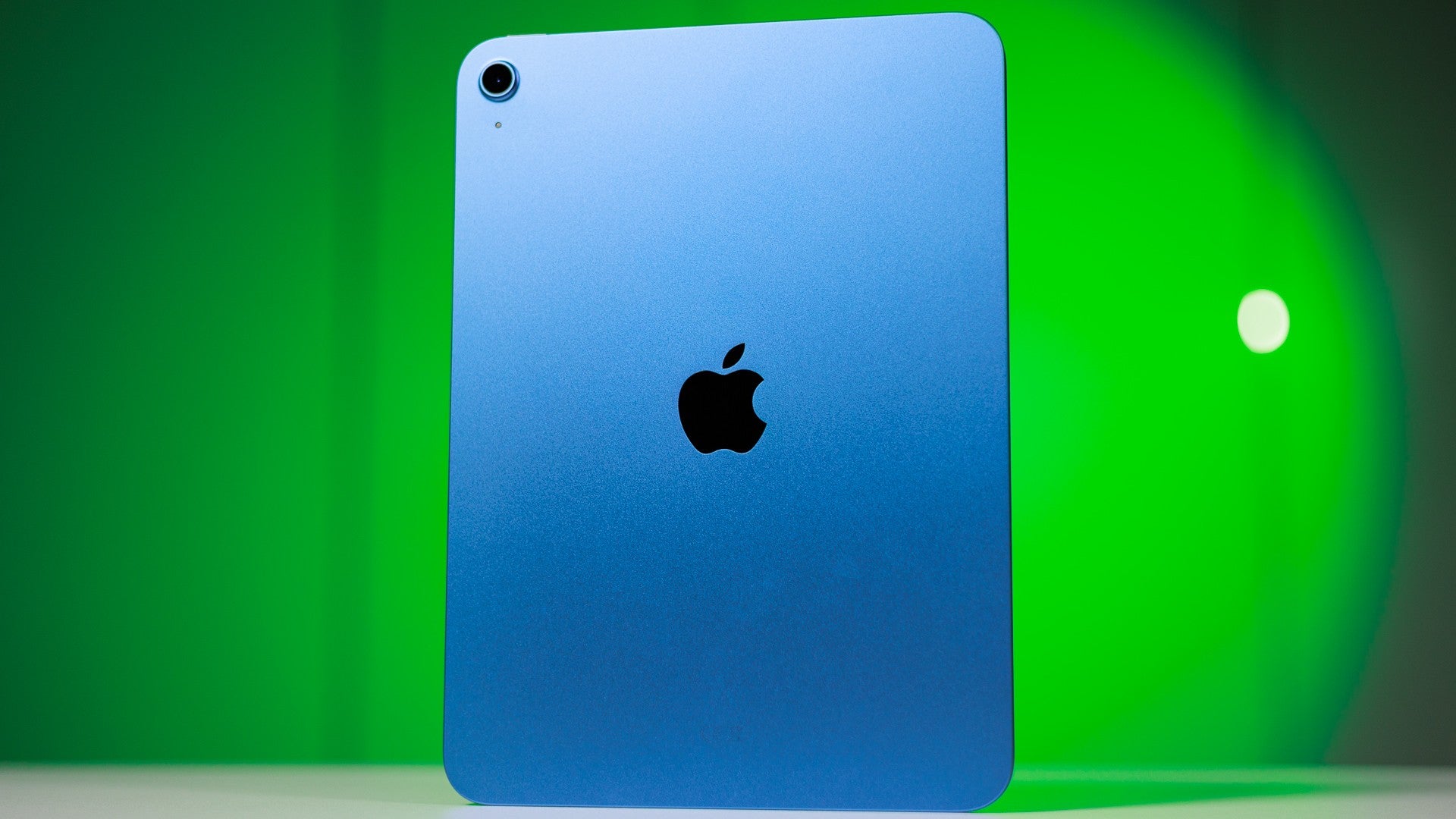
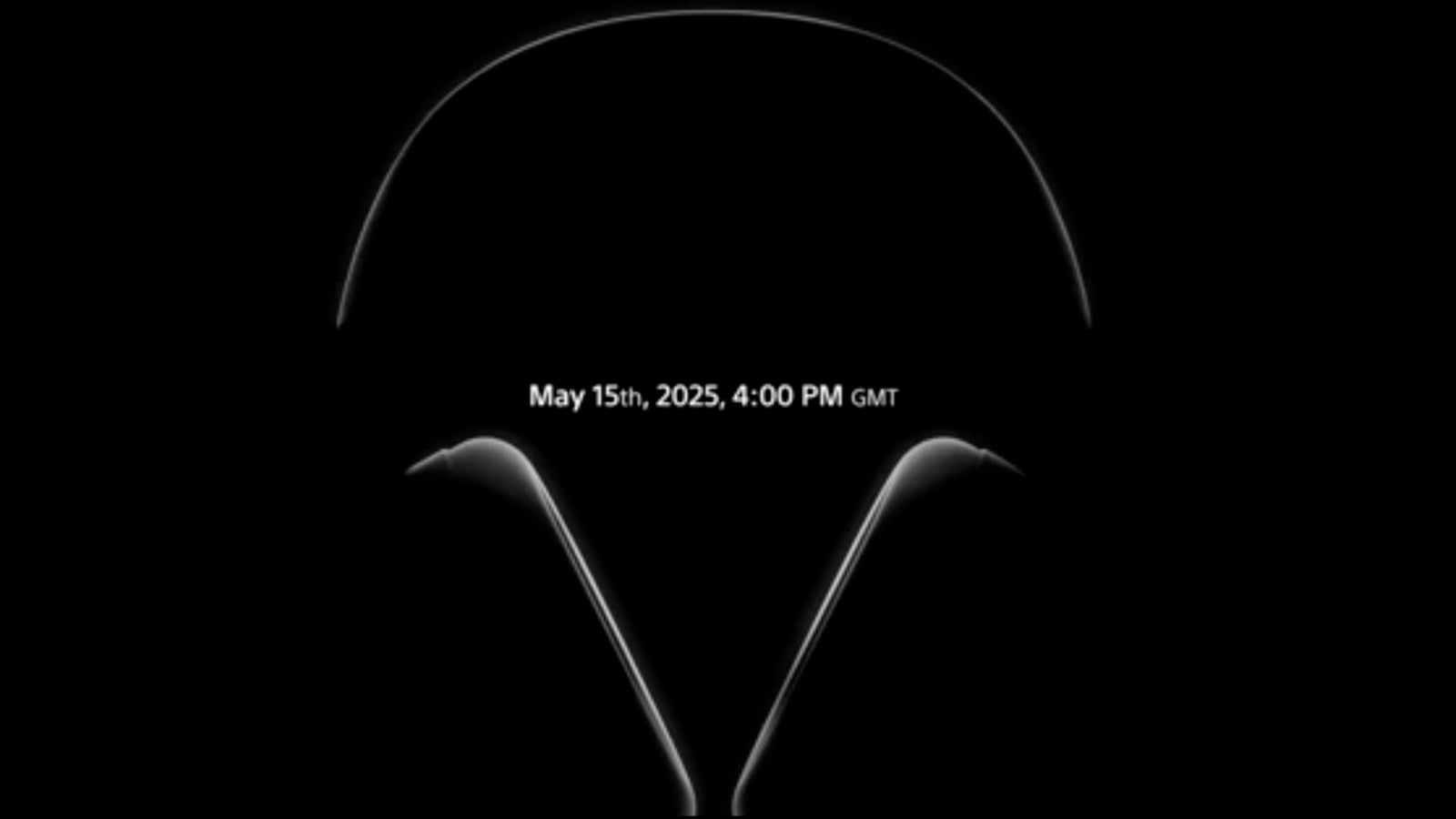



















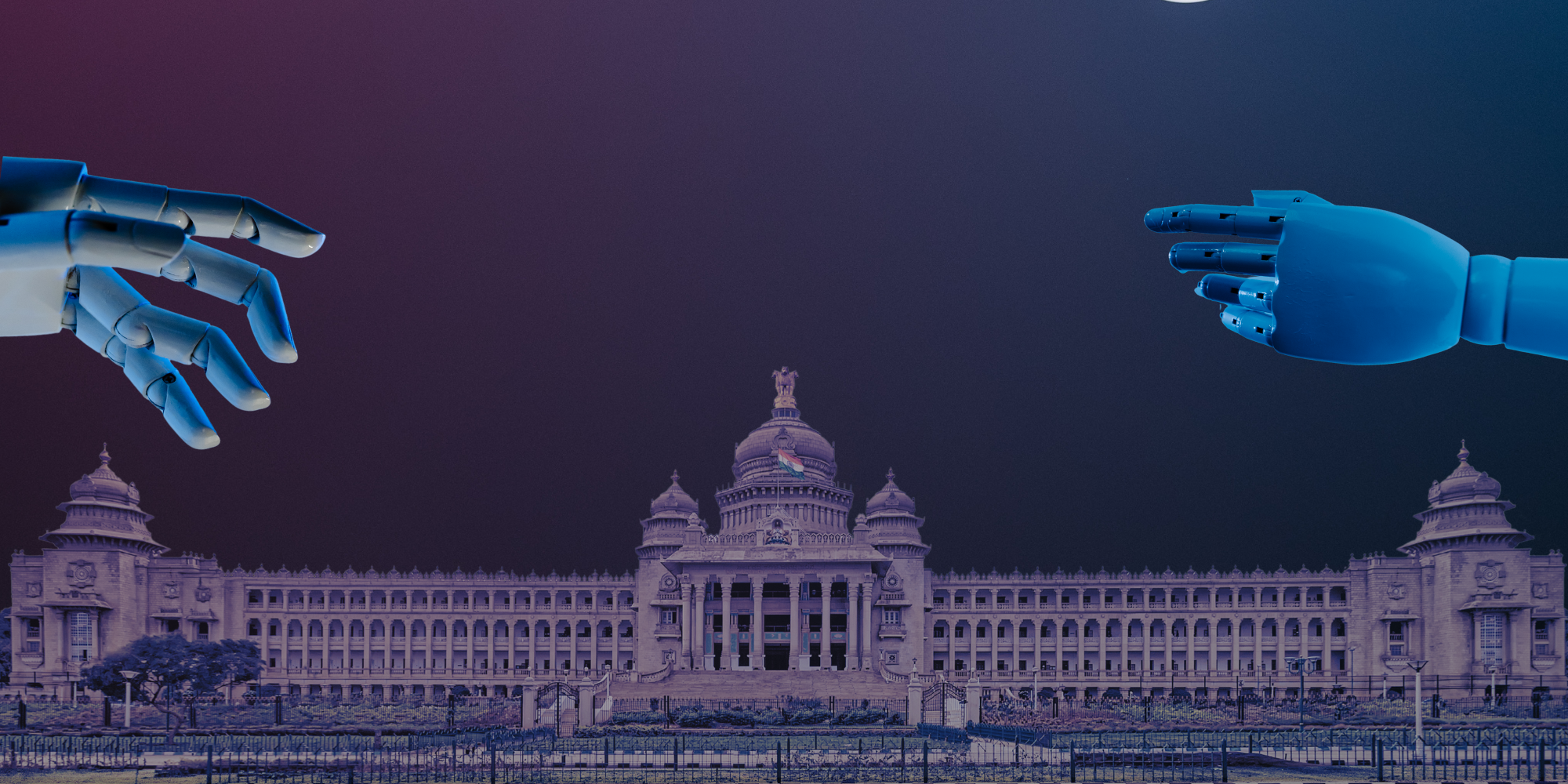

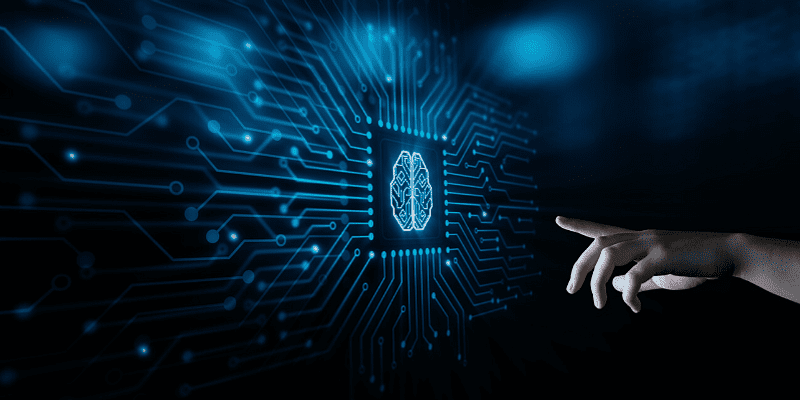
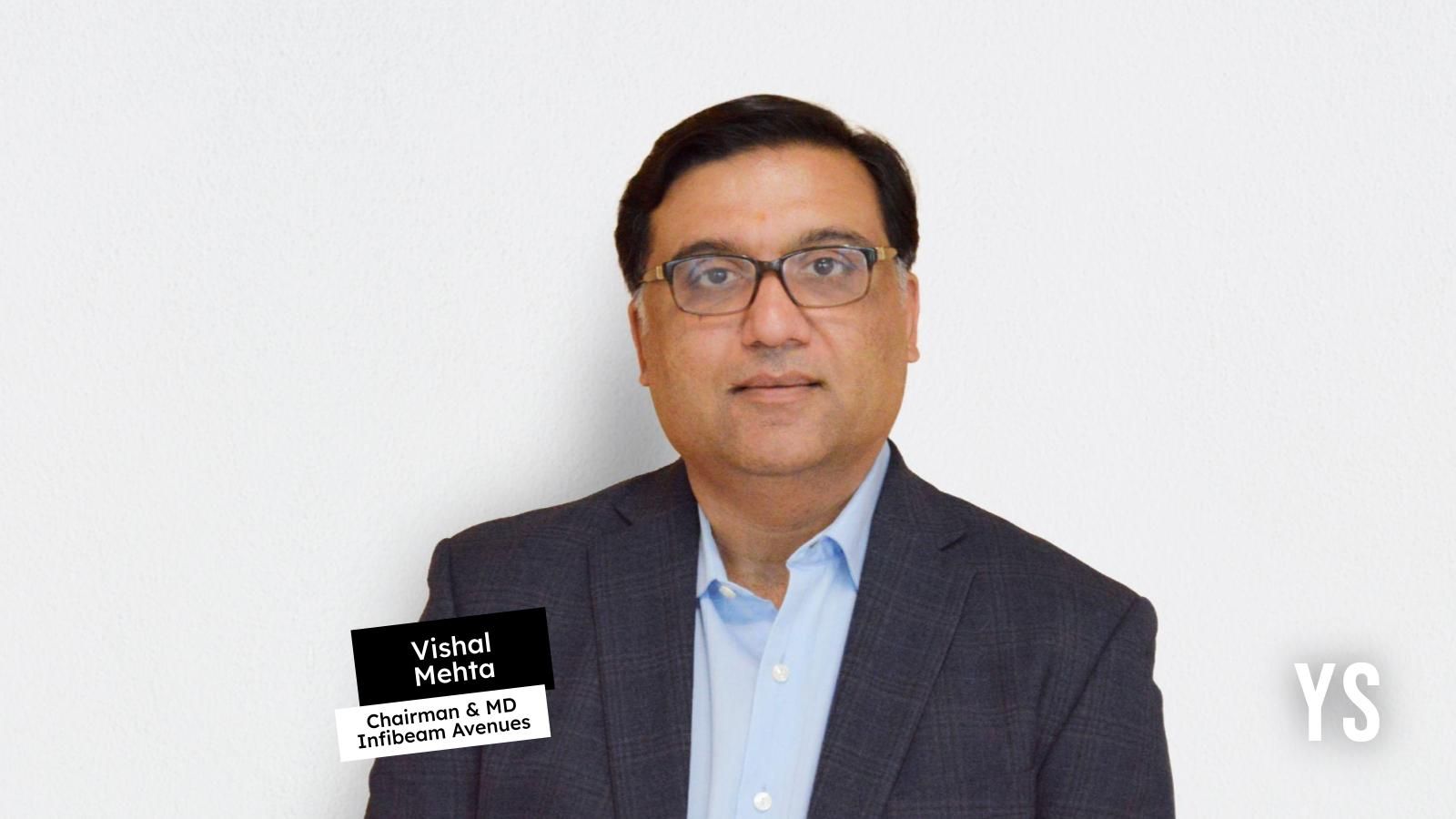
























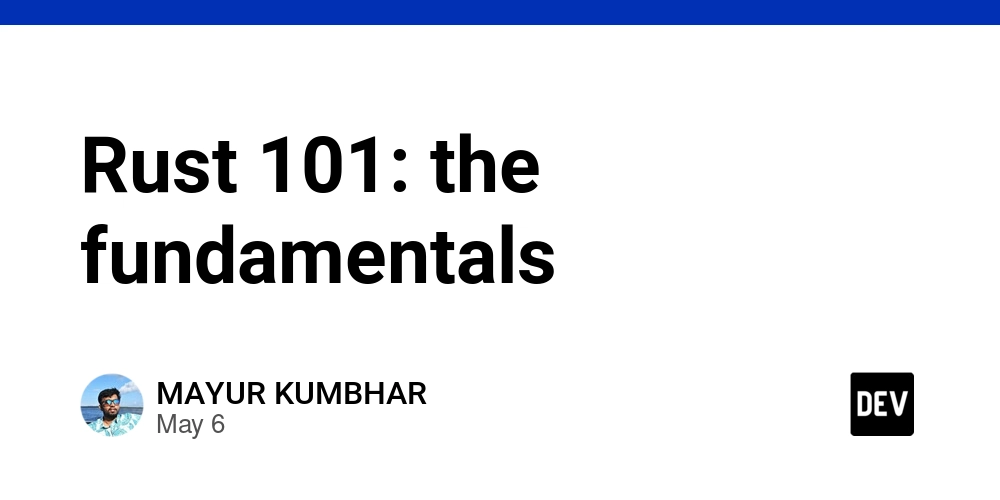
![[Parte 3] Enviando dados entre aplicações com Module](https://media2.dev.to/dynamic/image/width=800%2Cheight=%2Cfit=scale-down%2Cgravity=auto%2Cformat=auto/https%3A%2F%2Fdev-to-uploads.s3.amazonaws.com%2Fuploads%2Farticles%2Fkx29k1pd45vzou2lgteg.png)
